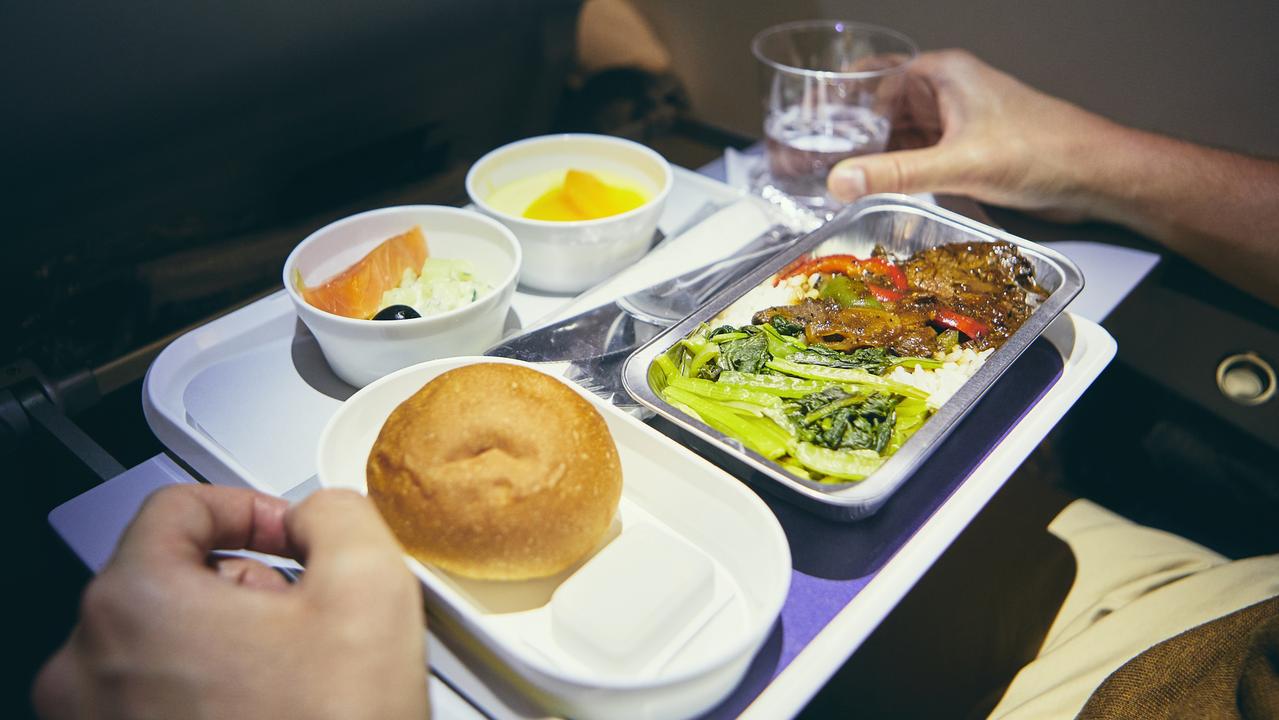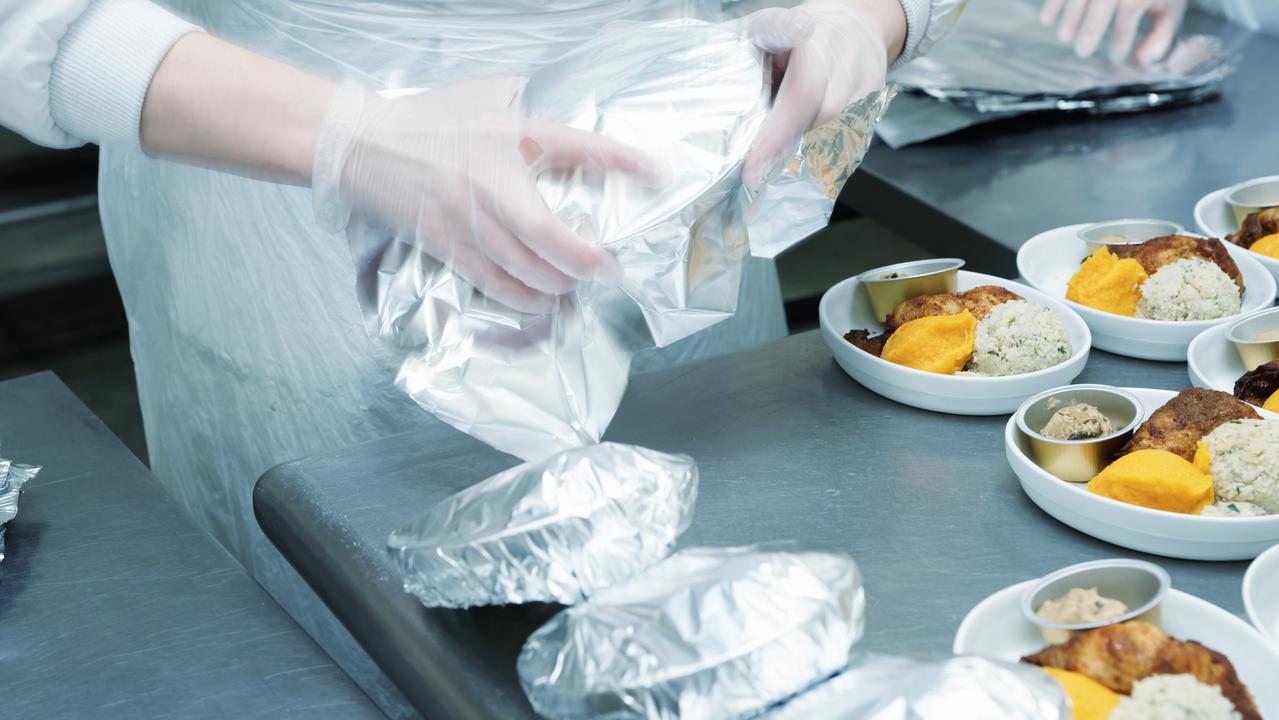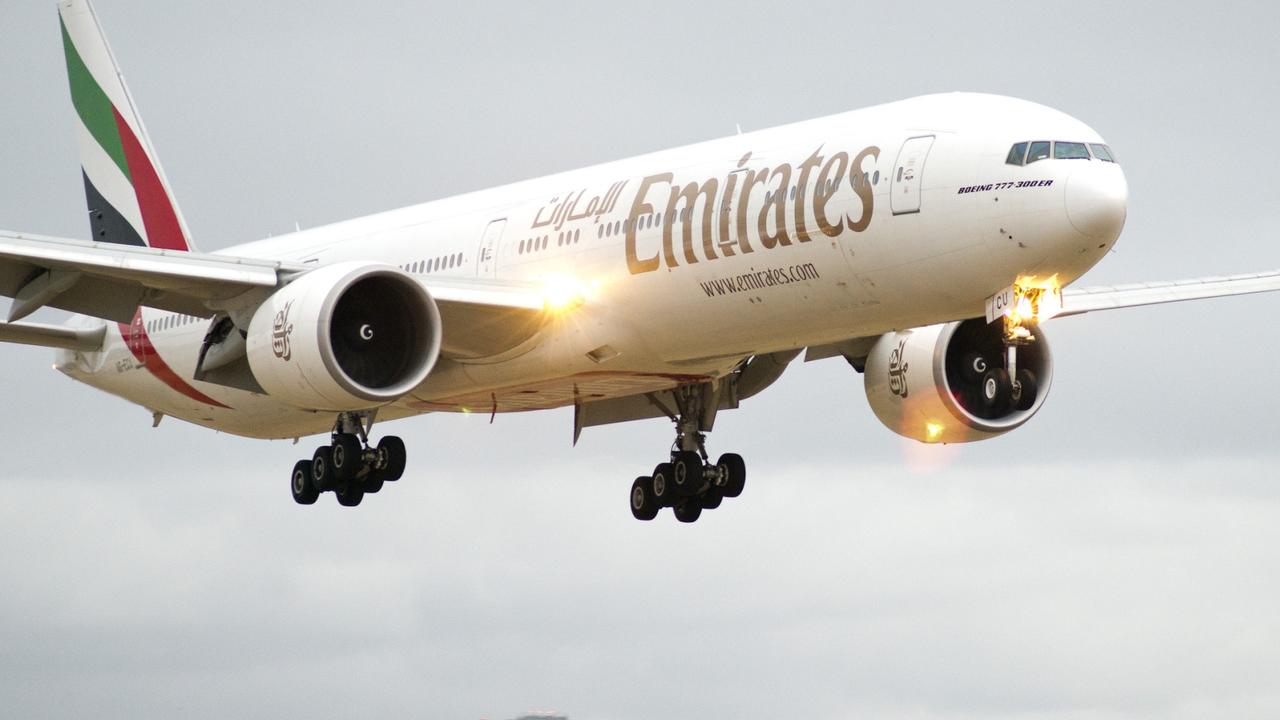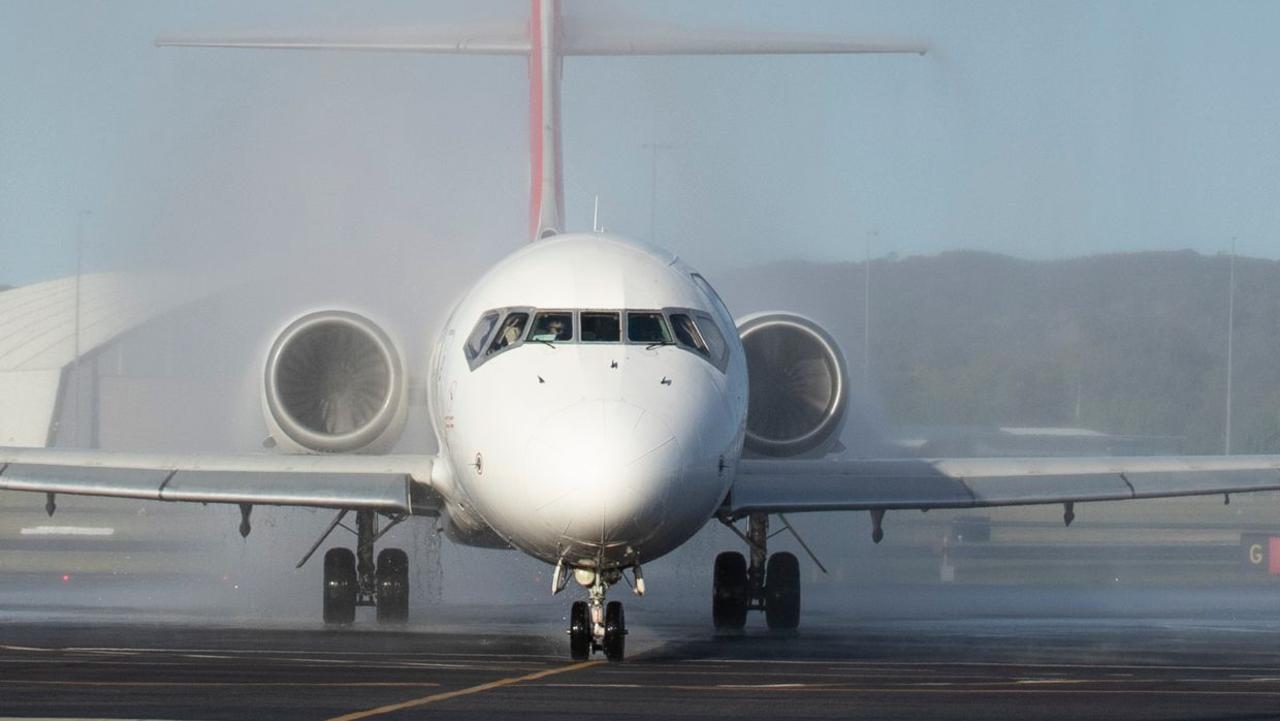How aeroplane food goes from the kitchen to your flight
When it comes to eating on a plane, how much thought have you given to exactly how it arrives on board? Well, here’s a sneak peak behind the scenes.

More than 44,000 flights take off around the world every day, and many of those on-board are hungry. On shorter flights, these passengers may opt for a snack pack; on longer ones, they may get a full-fledged meal.
Preparing the latter is no small feat.
Gate Gourmet is one major player in the aeroplane catering game, servicing about 750 million passengers a year in some 60 countries. On a typical day at its Dulles International Airport branch, in suburban Washington, D.C., the company is responsible for getting 18,000 meals onto 275 flights. In high seasons, that number jacks up to 25,000 meals.
Annually, that means Gate Gourmet IAD (as it’s known, using the airport’s code) alone goes through 84,000 Coca Colas, 100,000 yoghurt cups and 590,000kg of ice.
“We’re open 24 hours, seven days a week,” said Gate Gourmet IAD general manager Jim Stathakes (whose preferred aeroplane meal option is chicken).

Gate Gourmet’s Dulles outpost is in airport back country, hidden among office buildings and guarded by security and hygienic checkpoints.
The facility measures 12,000sq m, but the inner workings feel less like a factory and more like a retail warehouse mixed with a commissary kitchen: Around every corner, you’ll find some of the 300 daily employees chopping, washing, searing and packing food that someone will soon be eating in the sky.
Each in-flight meal has to be timed perfectly in a 24-hour window to match its corresponding flight. Produce (usually things you can get year-round, like pineapple) is delivered for just-in-time freshness.
Food must be cooked and then blast-chilled, its temperature brought down for safety reasons. Employees must have your meal ready four hours before a flight departs and delivered onto the plane no later than one hour before boarding starts.
Sylvain Harribey is an executive chef at Gate Gourmet who helps design meal plans for its airline clients. While food safety is the No. 1 priority for creations, he also looks to match a meal with its flight path.
“We want to make sure we have the right food for the destination,” said Harribey, who attended culinary school in Bordeaux, France. “When you sit in the plane, that’s your first step in getting to your destination.”

If you’re flying from Tokyo, for example, pork with ginger garlic soy sauce and rice is fitting. A baguette with your meal, meanwhile, sets the tone for a journey to Paris.
But there’s one more consideration, too: How we eat in the sky isn’t the same as how we eat on Earth.
“We know that up in the air at 36,000 feet, our tastebuds are different,” Harribey said. “We don’t (taste) as much salt because the air is drier within the aircraft.”
To overcome that biological quirk, Harribey adds a little more salt to dishes, along with herbs and spices to enhance flavours further.
You don’t get all that with the snack pack.
This article originally appeared on the New Zealand Herald and has been republished with permission



